Gone are the days of tucking away reminders of failed relationships in dusty drawers. Actress and model Emily Ratajkowski, known by fans as EmRata, is rewriting the narrative. Following her 2022 divorce from Sebastian Bear-McClard, she's taking a bold approach to a symbol traditionally associated with commitment: the engagement ring.
EmRata, known for setting trends both on and off the runway, started a frenzy in 2019 with her unique "toi et moi" (you and me) engagement ring. Designed by Alison Lou, the ring featured a pear-shaped diamond next to a princess-cut diamond, quickly becoming a coveted piece and influencing wedding jewellery styles worldwide.
However, after her divorce, EmRata didn't simply stash the iconic ring away. Instead, she chose a path of empowerment and transformation. Partnering once again with Lou, she repurposed the diamonds from her engagement ring, creating two entirely new pieces. These creations, unveiled on her Instagram, have been dubbed "divorce rings."
The process involved taking the diamonds from the original ring and resetting them. The square diamond found a new home paired with two additional diamonds. Notably, the elements of the original design – the pear-shaped and princess-cut diamonds, as well as the platinum and 18-karat yellow gold settings – were retained. This thoughtful touch acknowledges the past while celebrating the future.
EmRata's motivation for this bold move extends beyond personal sentiment. She cites her friend Stephanie Dandler's essay, "The Unravelers," as a source of inspiration. Dandler's work explores the concept of women proudly displaying markers of their life experiences. This resonated deeply with EmRata, who, despite appreciating the original design, felt driven to transform it, especially considering its widespread replication.
There's also a touch of rebellion in this act. In a TikTok video, EmRata addresses the societal pressures surrounding divorce, particularly for women. She playfully remarks on the joys of her thirties: "being hot, maybe having a little bit of your own money," and realising "that married fantasy...maybe it's not all it's cracked up to be." With a wink, she concludes, "To all those people who are feeling stressed about being divorced, it's good – congratulations."
By repurposing the engagement ring into "divorce rings," EmRata asserts her agency and control over her narrative. This isn't just about transforming a piece of jewellery; it's a symbolic act of self-discovery and growth. She embraces the experiences of the past while charting a new course for her future.
The "divorce rings" go beyond a personal statement. They represent a cultural shift. Traditionally, breakups have often been associated with sadness, loss, and the desire to erase the past. EmRata's actions challenge this perspective. They redefine divorce as a potential opportunity for growth, a chance to learn and rewrite one's story.
This bold move has the potential to resonate with many. Divorce rates are on the rise globally, and EmRata's approach offers a refreshing perspective for navigating the emotional and symbolic complexities of ending a marriage. Her story encourages embracing self-ownership, celebrating life's journey, and finding strength in transformation.
The "divorce rings" are a powerful statement. They move beyond the realm of celebrity gossip and enter the conversation about love, loss, and personal empowerment. In doing so, EmRata offers a message of hope and strength, urging others to embrace change and redefine their narratives.


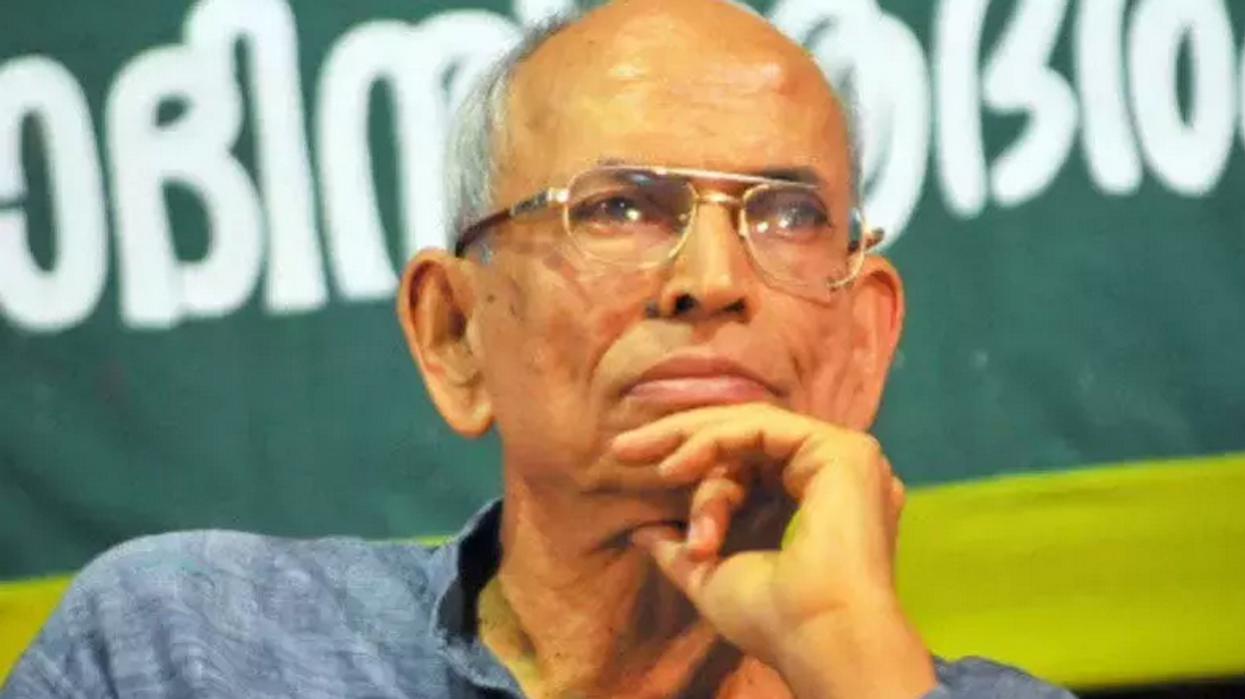
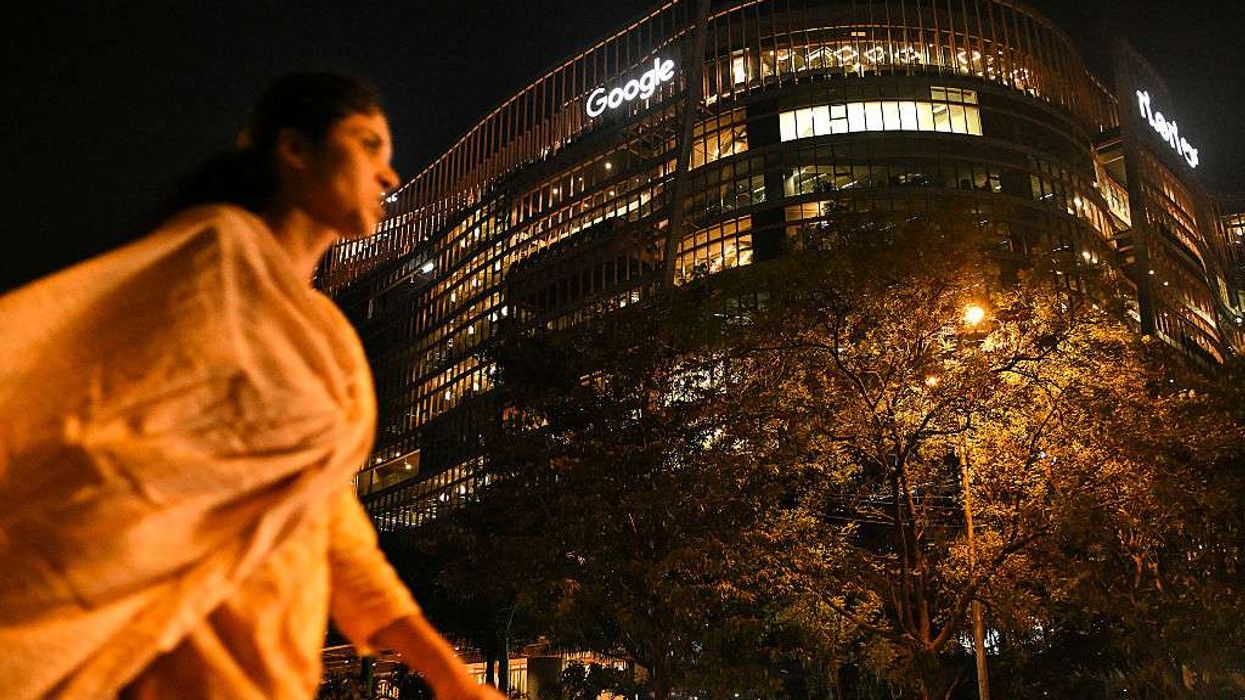
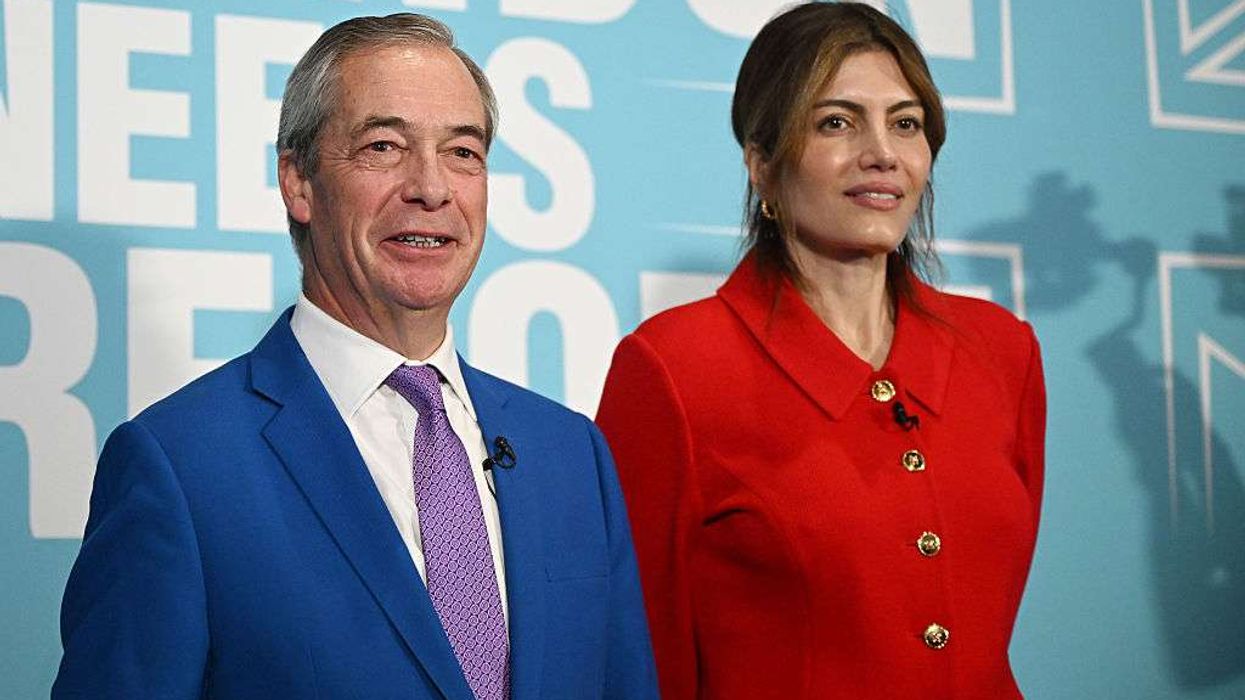
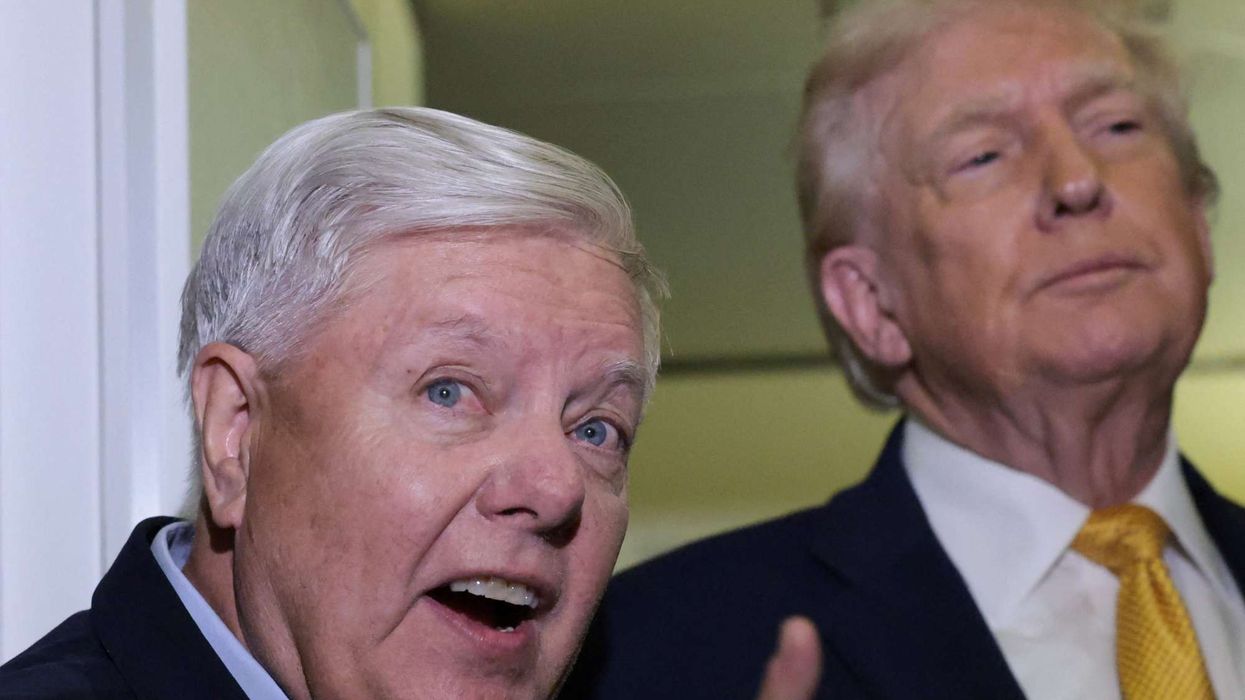
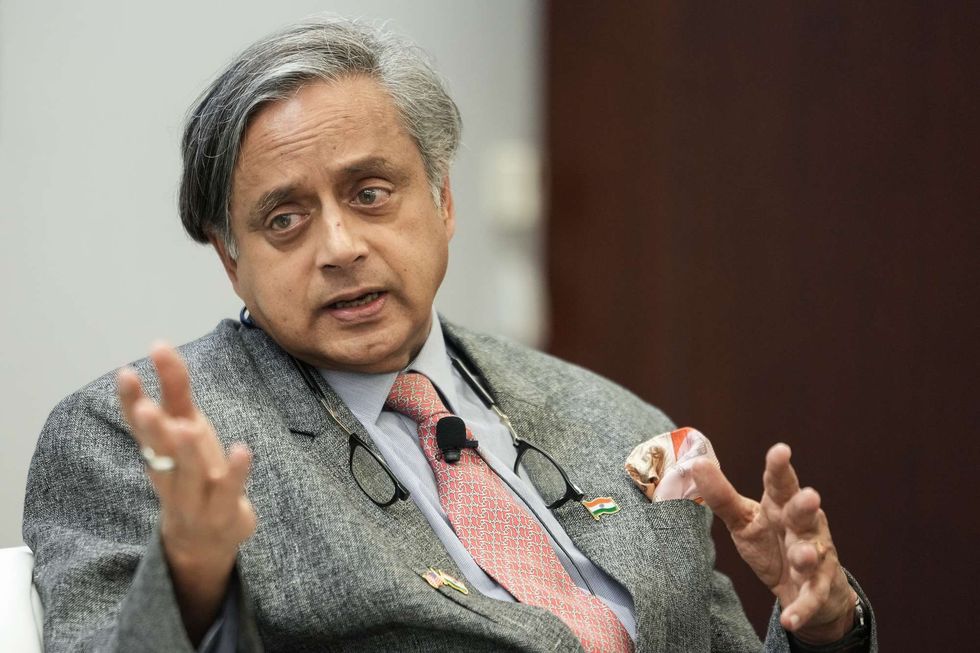 Shashi Tharoor
Shashi Tharoor Nicolás Maduro arriving at the Down town Manhattan Heliport.
Nicolás Maduro arriving at the Down town Manhattan Heliport.





